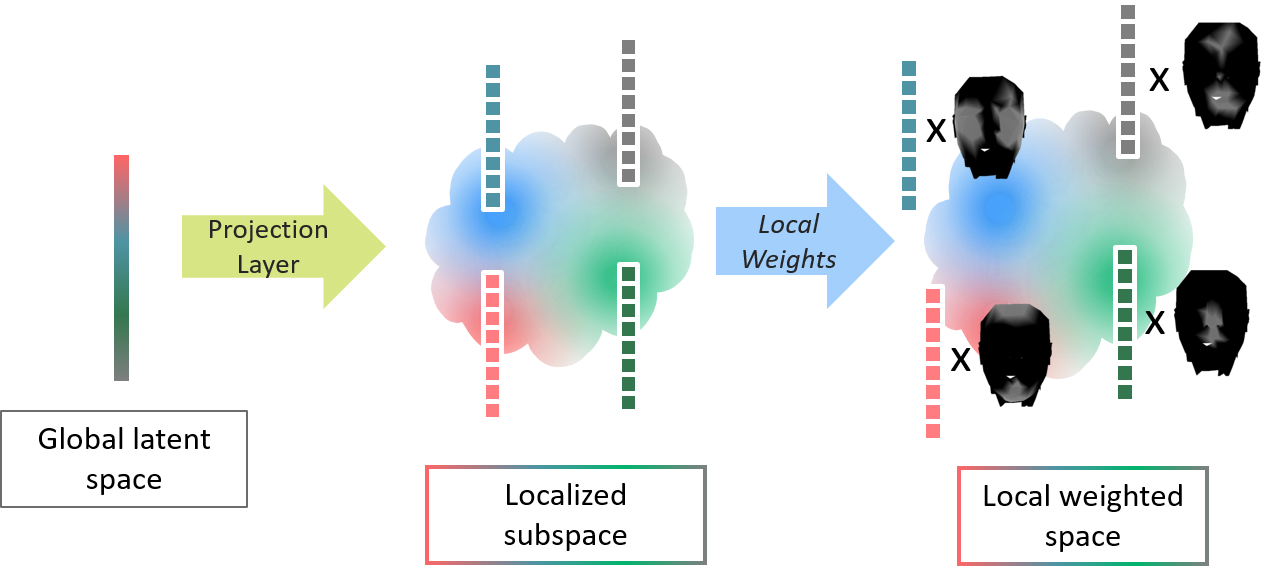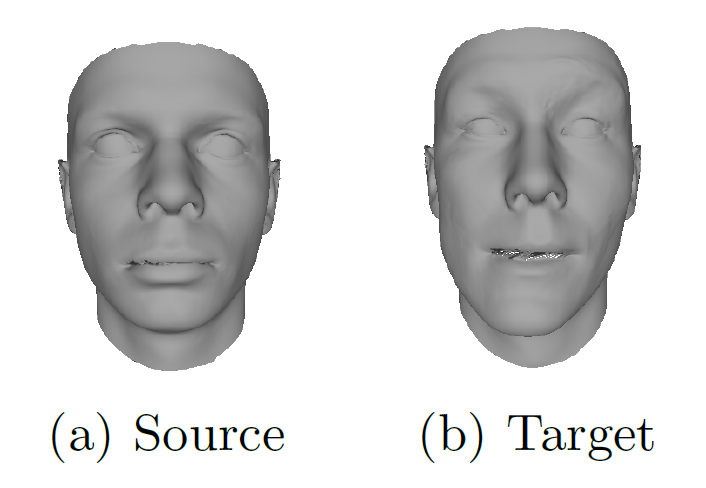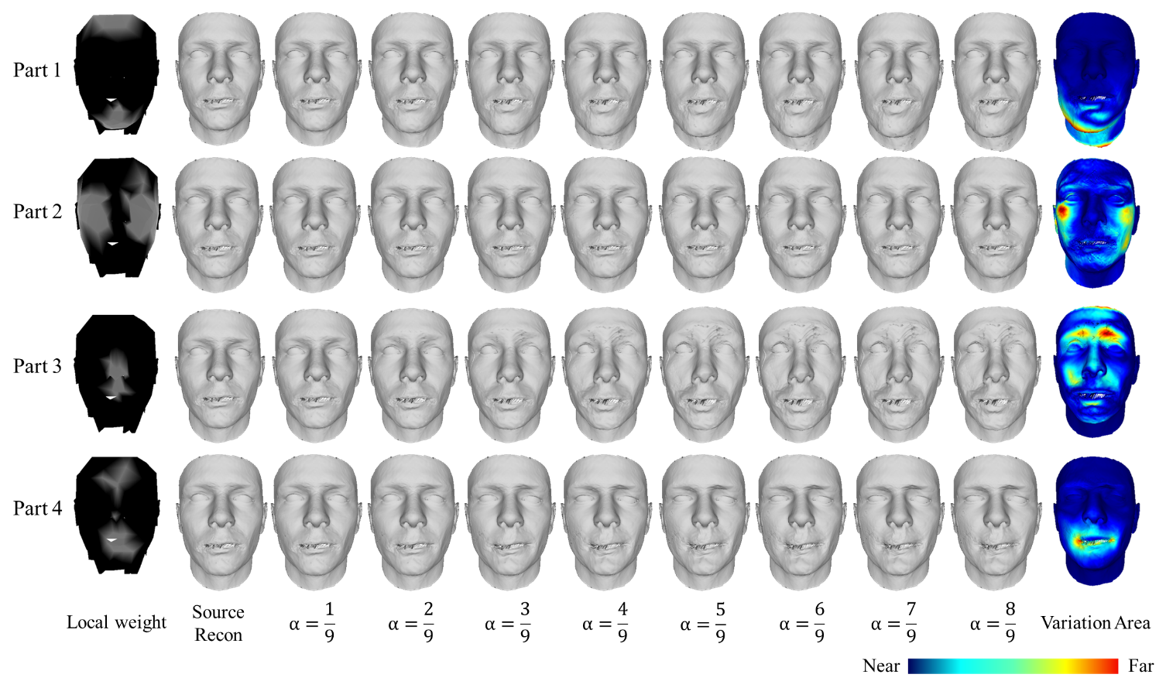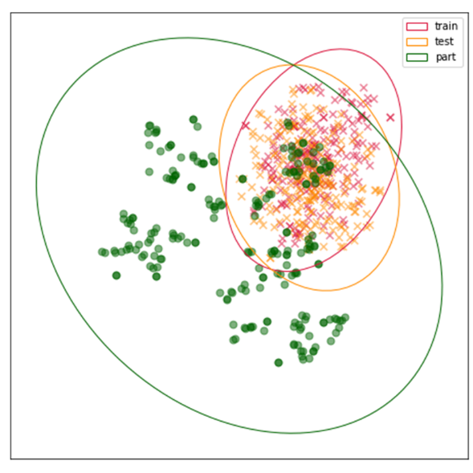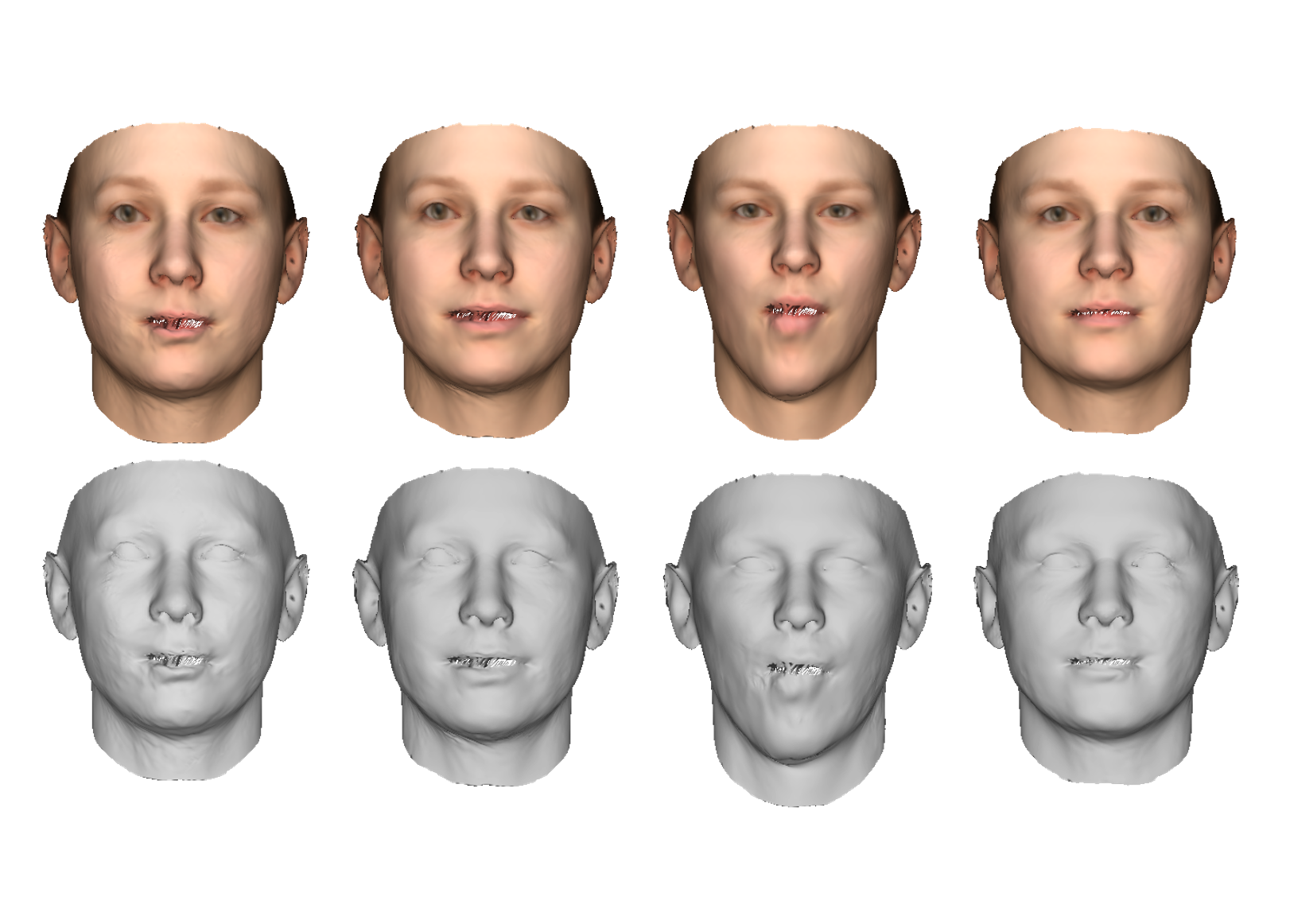Pre-Computed Local Weights from NMF

To make a part-based representation of the whole data, we employ the non-negative matrix factorization(NMF), which is a robust feature factorization method to represent data as part-based ones. We expect that local weights would make the part encodings more semantically meaningful. Given a feature matrix, V, W is a basis matrix that contains basis elements of V. We call the matrix W local weights.

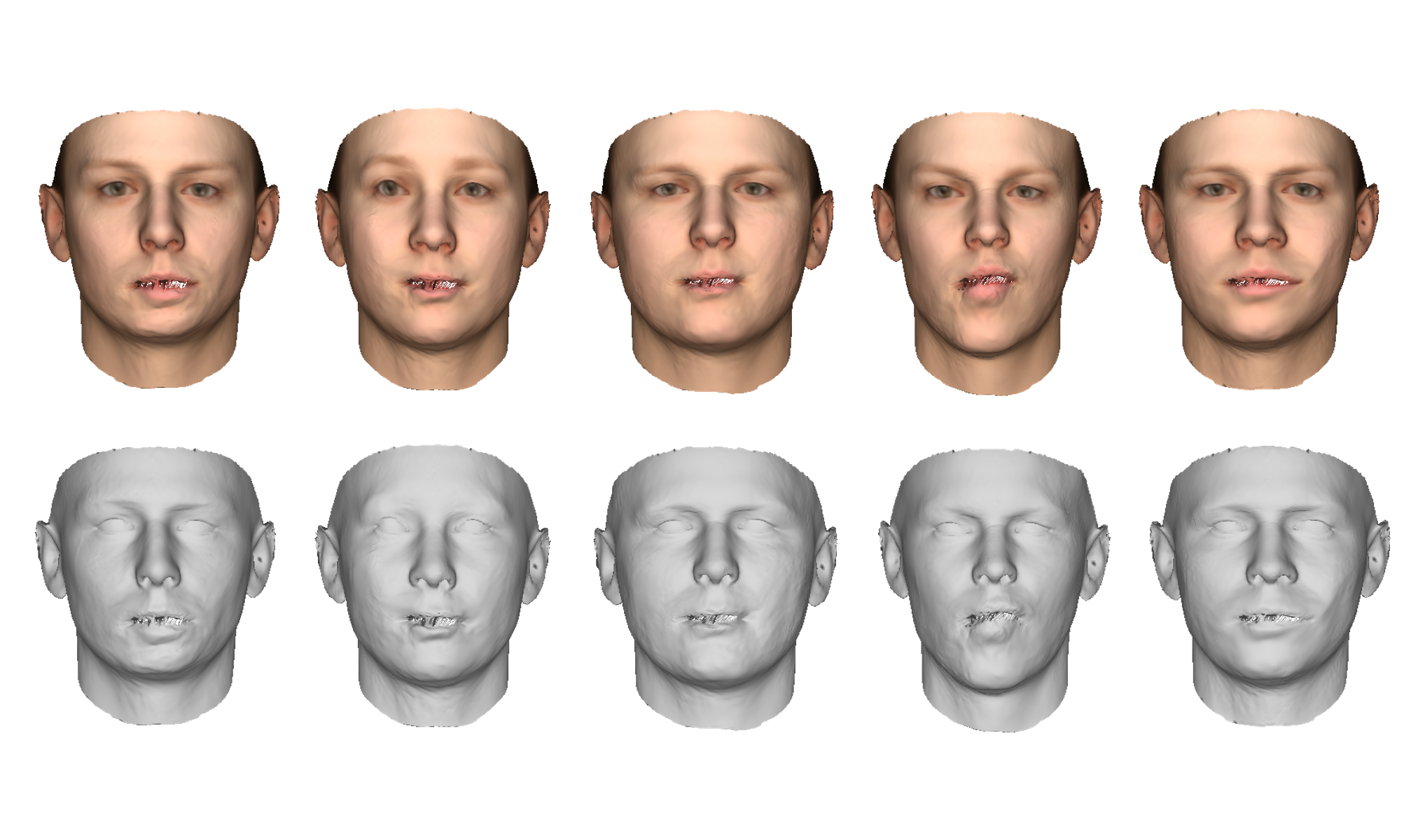

 \
\
